
Russian President Vladimir Putin’s army has been seizing substantial areas of Ukrainian land over the past two months, according to recent revelations from UK intelligence. These territorial gains have unfolded as the United States, through President Donald Trump, has announced its intention to hold face-to-face peace talks with the Russian side in Alaska next Friday, signaling a potential shift in the diplomatic landscape. However, any proposed resolution involving a land swap has been firmly rejected by Ukraine’s Volodymyr Zelenskyy, underscoring the deep divisions that persist in the ongoing conflict.
Latest updates from the UK’s Ministry of Defence (MoD) confirm that Russian forces continue to gain territory, particularly in eastern Ukraine. Intelligence officials stated on August 9, 2025, that “Russian Ground Forces (RGF) highly likely seized approximately 500 – 550 sq km of Ukrainian territory in July 2025.” This follows a similar acquisition of Ukrainian land in June 2025, consistent with “month – on – month increases from March 2025.”
The RGF has maintained tactical advances within the Donetsk oblast, with its primary focus directed towards the north – east and south – west of Pokrovsk. These sustained efforts have resulted in Putin’s ground forces now occupying nearly all of the Donetsk oblast territory situated to the south of Pokrovsk. Overall, Russia is estimated to control approximately 20% of Ukrainian land.
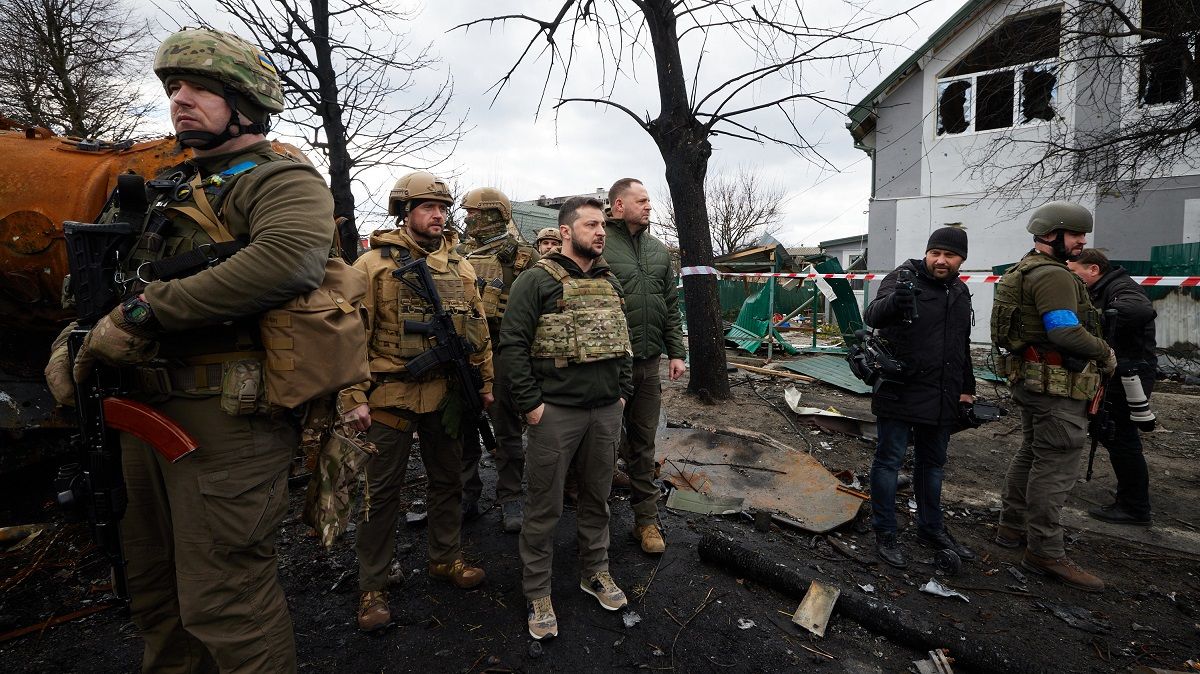
Further reports from the open – source DeepState monitoring website in Ukraine, published on July 9, 2025, corroborate significant Russian territorial gains. The website noted that Russian forces seized 556 sq km (215 sq miles) last month, marking “their biggest land grab this year.” This area is described as being “four times the size of Liverpool and nearly the same size as the city of Chicago,” illustrating the substantial scale of the territorial acquisitions.
Despite these advances, the UK has observed that Russian forces have not made “any observable gains in the Ukrainian oblast of Sumy,” a region located near the border between the two countries. This lack of progress in Sumy may be attributed, in part, to internal military challenges. Recent reports suggest that elements of Russia’s 51st Airborne Regiment “are refusing to follow orders,” having previously voiced complaints against “commanders ordering casualty – heavy infantry assaults.”
Putin has maintained a consistent push forward with his troops over the past three years, characterized by what is described as an “astonishing attrition rate.” Russia is estimated to have sustained more than a million casualties since the invasion of Ukraine commenced in February 2022. The MoD noted that “Continued losses and Ukrainian counterattacks have likely frustrated Russian intentions to establish a buffer zone in the Sumy region,” highlighting the impact of sustained combat.
Ian Stubbs has stated that Russia is currently experiencing its highest casualty rate since the invasion began, emphasizing that Putin has the capacity to halt the “needless sacrifice of thousands more Russians.” A year prior, approximately 130,000 Russian troops were deployed along Ukraine’s borders and in the illegally annexed Crimea, accompanied by significant military deployments.
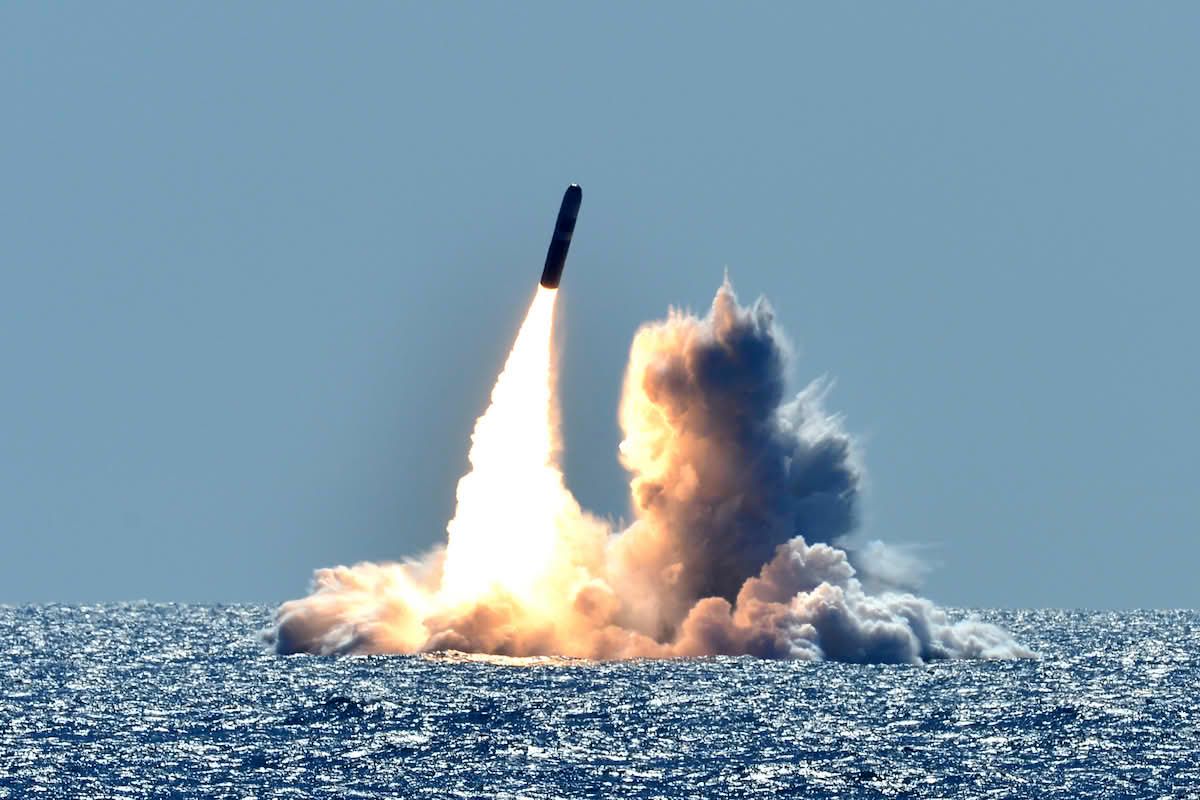
These deployments included the Iskander – K offensive ballistic missile systems, which were positioned within range of key Ukrainian cities and infrastructure. Extensive air – defence assets, such as the S – 400 and Pantsir missile systems, were also deployed. Large numbers of air assets, including the Su – 25, Su – 35S, Ka – 52, and Mi – 8, were observed on a scale not typically associated with exercises, indicating a substantial military posture.
In addition to ground and air forces, Russia imposed “unprecedented access restrictions over large areas of the Black Sea,” further bolstering its Black Sea Fleet. This included an increase in the number of landing ships by more than double the previous number, contributing to a comprehensive military build – up. Ukraine, facing this massive escalation and rhetoric, demonstrated “remarkable restraint,” attempting to de – escalate tensions through the Vienna Document Risk Reduction mechanism.
However, Russia consistently “refused to engage,” insisting that it saw “no grounds for applying the procedures of Paragraph 16 of the Vienna Document.” This refusal, amidst the largest military build – up in Europe since the Cold War, was seen as “a clear indication that Putin had already made the decision that Russia would invade its sovereign neighbour.” The “duplicitous behaviour” of the Russian delegation, aimed at undermining diplomatic resolution efforts, has reportedly continued.
Military equipment: 9K720 Iskander
IsMissile: true
Name: 9K720 Iskander , SS-26 Stone
Caption: MZKT-7930,transporter erector launcher
Origin: Russia
Type: Short-range ballistic missile
Service: 2006–present
VehicleRange: convert
Filling: convert,thermonuclear weapon,High explosive
Engine: Single-stage solid propellant
Guidance: Inertial guidance,optical,DSMAC
Accuracy: convert
Speed: 2000 m
Abbr: on
Length: 7.3 m
Diameter: 0.92 m
Weight: 3800 kg
PayloadCapacity: 480 kg
Manufacturer: Votkinsk Plant State Production Association
DesignDate: Fri Jan 01 1988 00:00:00 GMT-0800 (Pacific Standard Time)
UnitCost: [object Object]
UsedBy: Russian Ground Forces,Armenian Armed Forces,Algerian People’s National Army,Armed Forces of Belarus
LaunchPlatform: Mobile transporter erector launcher
Wars: Russo-Georgian War,Syrian Civil War,Second Nagorno-Karabakh War, Russian invasion of Ukraine
Categories: All articles lacking reliable references, All articles with specifically marked weasel-worded phrases, All articles with unsourced statements, Articles containing Russian-language text, Articles lacking reliable references from June 2025, Articles with short description, Articles with specifically marked weasel-worded phrases from July 2025, Articles with unsourced statements from February 2020, Articles with unsourced statements from July 2025, Articles with unsourced statements from June 2025, Articles with unsourced statements from November 2020, Ballistic missiles of Russia, CS1: unfit URL, CS1 Azerbaijani-language sources (az), CS1 German-language sources (de), CS1 Greek-language sources (el), CS1 Russian-language sources (ru), CS1 Serbo-Croatian-language sources (sh), CS1 Ukrainian-language sources (uk), CS1 uses Russian-language script (ru), CS1 uses Ukrainian-language script (uk), Commons category link from Wikidata, Interlanguage link template forcing interwiki links, KB Mashinostroyeniya products, Military equipment introduced in the 2000s, Modern thermobaric weapons of Russia, Nuclear missiles of Russia, Post–Cold War weapons of Russia, Short description is different from Wikidata, Theatre ballistic missiles, Use dmy dates from March 2024, Votkinsk Machine Building Plant products, Webarchive template wayback links, Wikipedia indefinitely semi-protected pages
Summary: The 9K720 Iskander (Russian: «Искандер»; NATO reporting name SS-26 Stone) is a Russian mobile short-range ballistic missile system. It has a range of 500 kilometres (270 nmi; 310 mi). It was intended to replace the OTR-21 Tochka in the Russian military by 2020.
The Iskander has several different conventional warheads, including a cluster munitions warhead, a fuel–air explosive enhanced-blast warhead, a high-explosive fragmentation warhead, an earth penetrator for bunker busting and an electromagnetic pulse device for anti-radar missions. The missile can also carry nuclear warheads. In September 2017, the KB Mashinostroyeniya (KBM) general designer Valery M. Kashin said that there were at least seven types of missiles (and “perhaps more”) for Iskander, including one cruise missile.
Get more information about: 9K720 Iskander
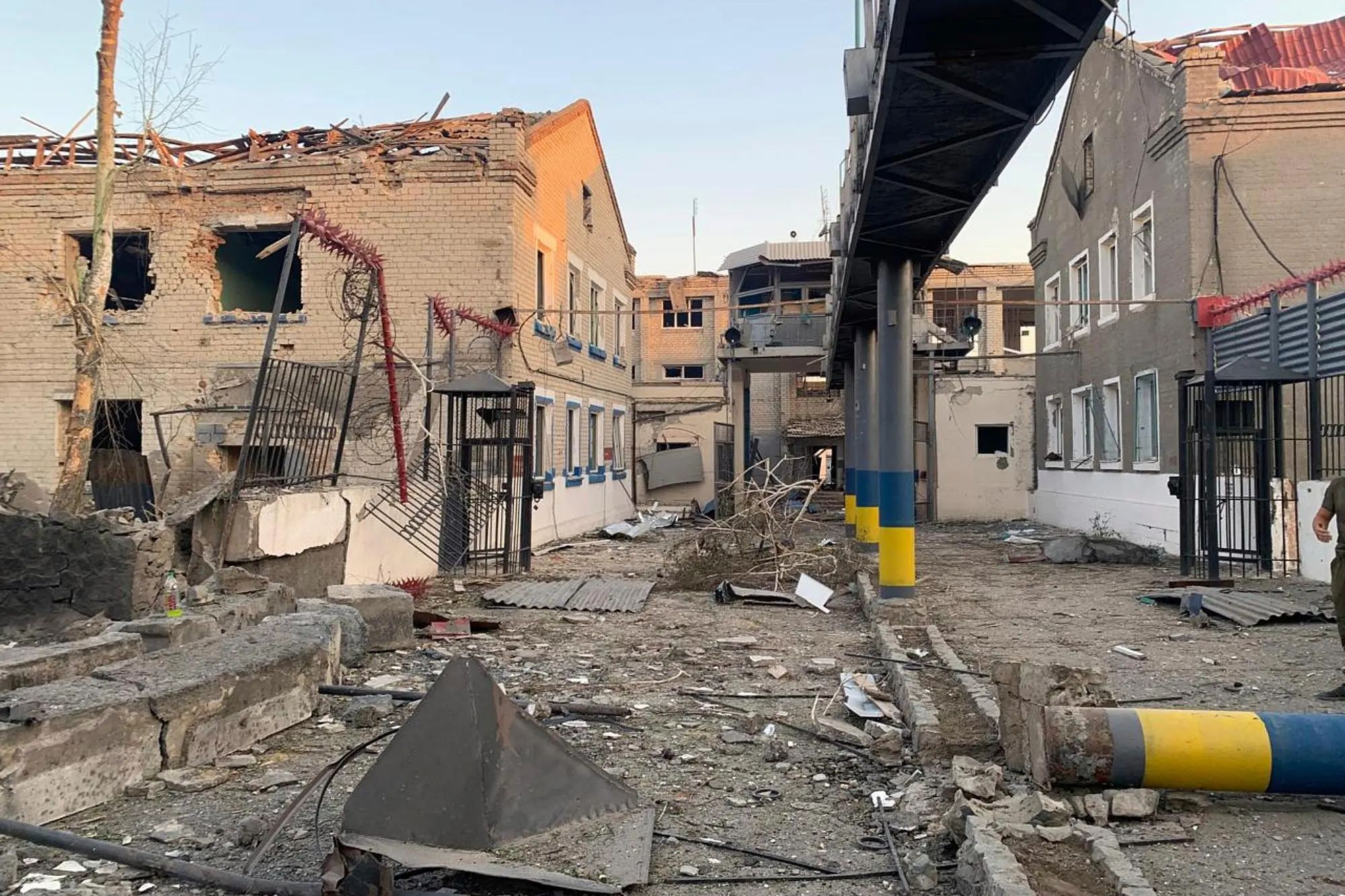
Russia’s summer push in Ukraine is observed to be targeting three main fronts, yet it faces stern resistance. While drone and missile attacks have reached record levels, on the ground, Russian military operations have claimed territorial gains. The reported seizure of 556 sq km last month was aimed at cutting off the supply routes for Ukrainian troops in the east and establishing a buffer zone along Ukraine’s northern borders.
Despite these efforts, the Russian advance remains relatively slow. Military observers note that “At this pace, it would take more than 70 years to capture the entire country.” The main areas of Russian concentration include the Sumy region in the north – east, the eastern cities of Pokrovsk and Kostyantynivka, as well as a third front west of Pokrovsk.
Russian troops have managed to push approximately “10 – 12km (6 – 7.5 miles) deep inside the Sumy region,” but this advance has reportedly come to a halt in the face of “fierce resistance.” President Putin has articulated a desire to create a buffer zone to protect Russian territory, following a previous instance in which Ukrainian forces captured a swathe of Kursk territory last summer. Russian forces, aided by North Korean troops and ammunition, eventually drove them out.
Read more about: Ukraine’s Bold Operations Redefining Modern Warfare: An In-Depth Look
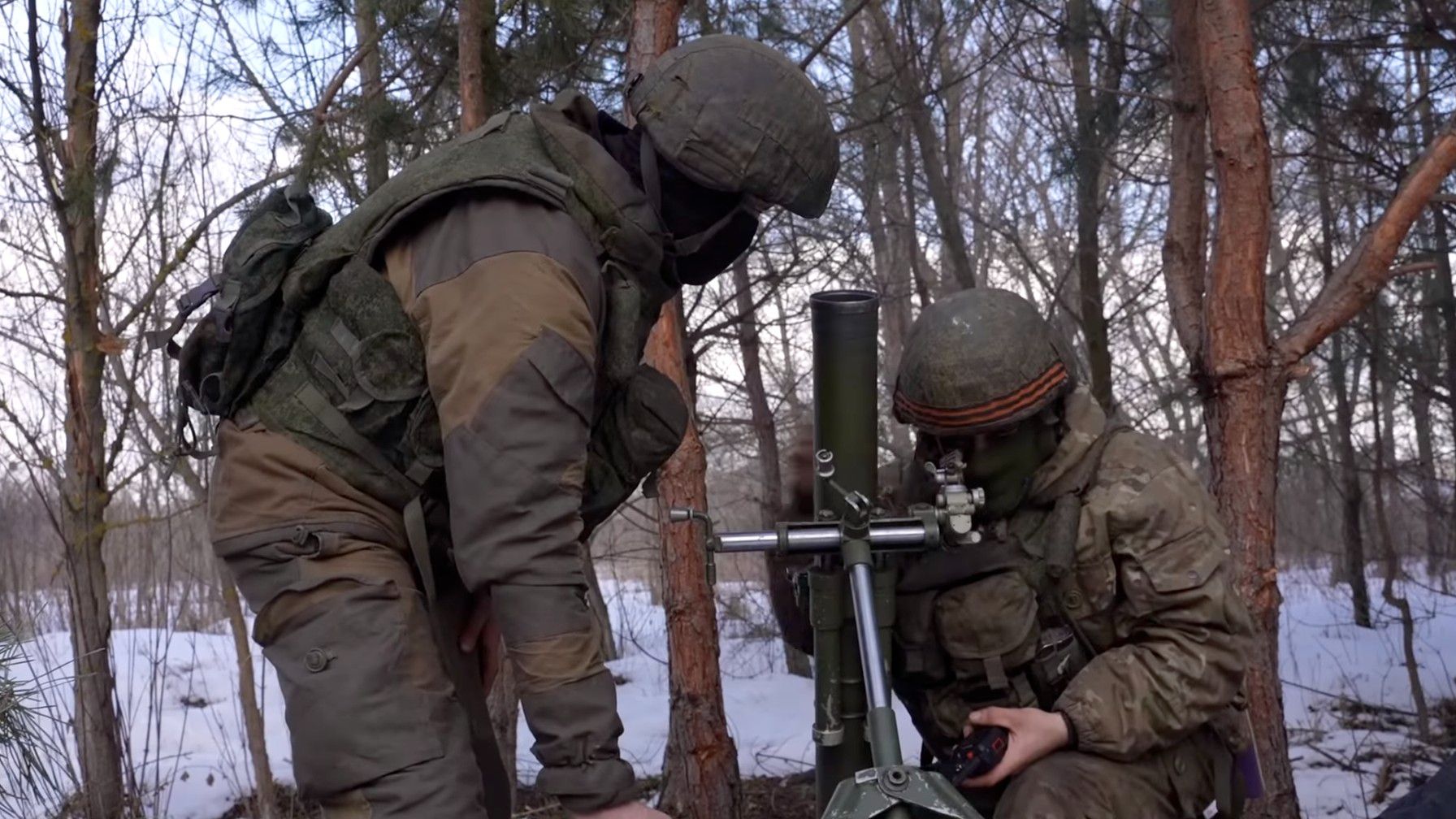
Following these events, Russian troops crossed into Ukraine but became “quickly bogged down in fighting over small border villages,” which continue to change hands. Without “major reinforcements,” it is deemed unlikely that Russian troops will be able to push significantly further in this area. Another northern region where Russia’s army has reportedly crossed the state border is Kharkiv.
Last week, Russian forces claimed the capture of a border village in Kharkiv, yet military analysis suggests that without committing substantial resources, further gains in this area are improbable. Military observers believe that these northern operations are designed to compel Ukraine to “spread its forces too thin along the entire 1,200 – km – long front line,” thereby diverting troops from more critical areas.
Pokrovsk stands as one such strategic hub in eastern Ukraine, which Moscow has been attempting to capture for more than two years. According to General Oleksandr Syrskyi, the head of Ukraine’s army, Russia has concentrated “some 111,000 troops” in that area, underscoring the significance it places on its capture. Reports from Lieutenant Artem Pribylnov of Ukraine’s 155th brigade, stationed near Pokrovsk, indicate that the Russians rarely launch massive assaults.
Instead, Lieutenant Pribylnov describes a reliance on “small groups of infantry troops who relentlessly attack Ukrainian positions, sometimes on motorbikes but more often on foot.” This tactic, often referred to as a “creeping offensive,” aims to exhaust Kyiv’s resources until “endless waves of Russian soldiers eventually push the Ukrainians out of their positions.” However, the human cost associated with this approach is noted as “frighteningly high.”
Ukraine’s general staff estimates Russia’s casualties at “more than 1,000 soldiers a day,” figures that the BBC states it cannot independently verify but which “do indicate the heavy losses Russia is suffering.” Russia’s broader objective in eastern Ukraine appears to be the creation of “a cauldron,” aiming to semi – encircle Ukrainian forces around Pokrovsk and Kostyantynivka, thereby compelling them to retreat.
Major Viktor Trehubov, a spokesman for the Khortytsya operational – strategic group, which coordinates forces in eastern Ukraine, notes that Russian troops are attempting to “wedge into the area between these two cities to create ‘a bridgehead from where they can attack Pokrovsk or Kostyantynivka.'” A breakthrough in this specific area, however, “is not considered likely,” with the Russian advance between Kostyantynivka and Pokrovsk reportedly slowing.
The most significant Russian gain in recent weeks occurred further west from Pokrovsk, in an area referred to by the Ukrainian military as the Novopavlivske direction. This area, named after the village of Novopavlivka which became a defence hub, experienced a “collapse” of its defence measures, allowing the Russians to advance “up to 10 km a day.” This rapid movement prompted Russian military bloggers to claim that their troops had reached the neighboring Dnipropetrovsk region.
Ukrainian military officials deny these claims, stating that a small group of Russian soldiers entered a village in the Dnipropetrovsk region to take photos with a Russian flag but were “quickly eliminated.” The Institute for the Study of War, however, indicates that Russian troops “are still operating there.” Major Trehubov argues that this area offers “little strategic advantage” for Russian troops, suggesting that the assault was primarily motivated by “political goals” for propaganda purposes, despite requiring greater resources currently tied up in Pokrovsk and Kostyantynivka.
Ukrainian forces are facing increasing pressure on the front lines, as Russian troops continuously try to sever their supply lines through drone attacks. Staff Sergeant Viktor Pyasetskyi from Ukraine’s 93rd brigade, stationed near Kostyantynivka, reported that routes that were previously usable “two months ago, we can’t use them now, not during the daytime, not even at night.” This has rendered the delivery of food and ammunition, evacuation of the wounded, and rotation of troops “extremely complicated and slow.”
Russian drones, such as the Gerbera, possess the capability to “fly for hundreds of kilometres,” reaching locations previously considered relatively safe. Their objective extends beyond dismantling defence lines, also aiming “to terrorise the population” and “systematically destroy civilian buildings.” This strategy seeks to “undermine morale and weaken our faith in Ukraine’s ability to stop the Russians.
Read more about: Some Analytical Insights into Ukraine’s Evolving Air Strategy: Precision Strikes, Tactical Revelations, and Geopolitical Shifts

British defence chiefs have stated that while Vladimir Putin’s army is gaining ground in Ukraine, it is simultaneously being significantly impacted by high casualties and a shortage of officers. They have warned that Russian forces are likely to seize more territory in the coming weeks. The Ministry of Defence in London reported that in July 2024, “Russian Ground Forces (RGF) maintained continuous attacks in central Donetsk Oblast (province).”
The RGF made “steady advances westwards,” taking control of several villages and moving closer to the logistics hub of Pokrovsk. Additionally, advances were made “northwards into the town of New York, which has been on the frontline since 2014.” The town “is almost certainly contested between the RGF and Ukrainian Armed Forces.” While Russia is likely to make tactical advances, its “overall operational capability remains limited by several factors, including a high attrition rate, limited training, and a shortage of officers.”
Prolonged conflict has resulted in substantial human costs for both sides. Putin’s strategy of seizing more land comes “at the cost of hundreds of thousands of Russian soldiers killed or wounded.” Ukrainian forces are also suffering “heavy casualties,” with “tens of thousands of civilians also killed and injured” in the war that was launched in February 2022. The conflict has also resulted in more than “30,000 civilian casualties (10,000 killed and 20,000 injured)” in Ukraine, representing a significant toll on the civilian population.
The war has generated the “largest displacement crisis since WWII,” with “13 million people, nearly a third of Ukraine’s pre – war population,” displaced from their homes. Extensive “destruction of civilian infrastructure” has been reported, alongside “appalling human rights abuses, including the forced deportation of over 19,500 Ukrainian children.” The long – term psychological impact on the Ukrainian people is also highlighted as a profound consequence of the conflict.
From Ukraine’s perspective, President Volodymyr Zelenskyy traveled to the frontline area of Vovchansk in the northeastern Kharkiv region, near the Russian border, where Moscow’s forces attempted to break through. Russia opened a new front in the north of the region in May and rapidly made inroads up to six miles before Ukraine’s military later halted the offensive. Last week, Russia’s Defense Ministry claimed control of two villages about 20 miles northwest of Avdiivka, a city seized by Russia in February after a prolonged battle, marking the Kremlin’s last major triumph.
Ukraine has also demonstrated capabilities in retaking territory. On June 27, 2023, the UK’s MoD stated that Ukrainian forces were “highly likely” to have recaptured land in the eastern Donbas region that had been occupied by Russia since 2014. A Ukrainian commander confirmed that land was retaken near Krasnohorivka, with airborne forces making “small advances” east from that village. This marked “one of the first instances since Russia’s February 2022 invasion that Ukrainian forces have highly likely recaptured an area of territory occupied by Russia since 2014.”
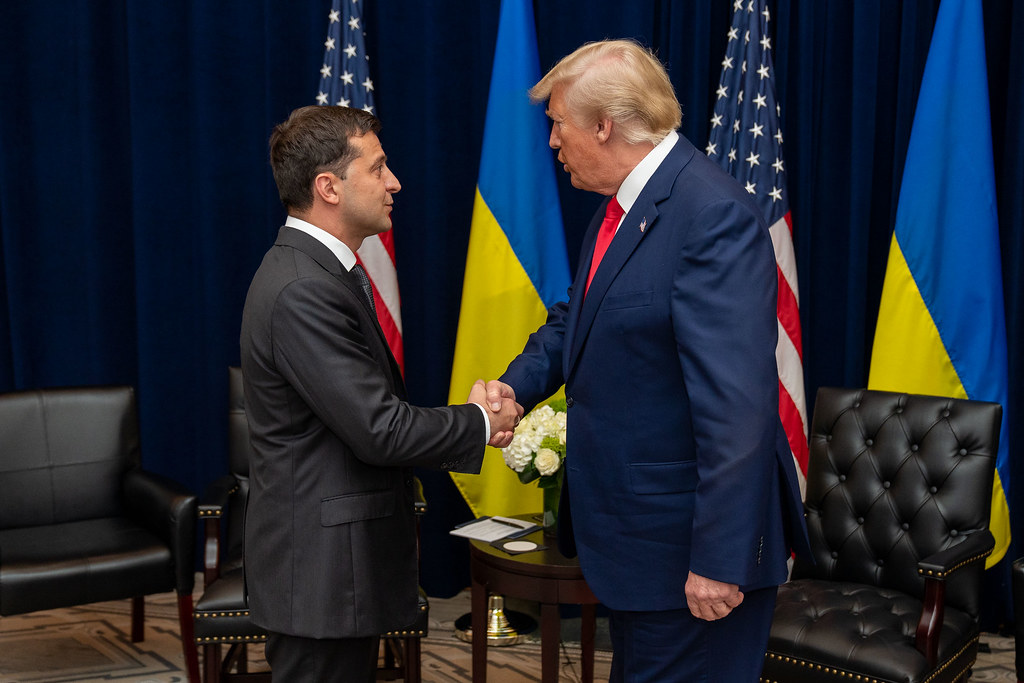
President Zelenskyy confirmed in June 2023 that Ukraine’s long – anticipated counter – offensive had begun, though he later acknowledged that battlefield progress had been “slower than desired.” On the southern front line, Commander Oleksandr Tarnavskyi stated that Ukrainian forces were “moving forward” and had “already liberated territories.” Pro – Russian war bloggers have also indicated Ukrainian gains in the southern Kherson region, with troops reportedly having crossed the Dnipro River and having established a foothold on its left bank, although Ukraine has not made official mention of these movements.
The financial cost to Russia has also been significant, with military spending reportedly eclipsing social spending for the first time in Russia’s post – Soviet history. In 2024, Russia’s GDP per capita fell behind that of every EU country, indicating an economic toll. The deployment of “approximately 10,000 DPRK troops to Russia” is noted as a “significant and dangerous development,” reflecting the increasing measures employed by Russia to sustain its military efforts.
In naval operations, Russia’s navy initiated planned exercises involving the majority of its fleet across the Arctic and Pacific Oceans, as well as the Baltic and Caspian Seas. These drills, encompassing 20,000 personnel and 300 ships, are intended to assess the readiness and capabilities of the navy at all levels. Concurrently, Ukrainian attacks have reportedly hit more than 20 Russian ships, compelling the Black Sea Fleet to retreat from annexed Crimea, which has impacted Russia’s maritime presence.
As Russian forces continue their methodical, albeit costly, land grab in Ukraine, the strategic landscape remains fluid. The UK, along with key international partners, continues its unwavering support for Ukraine to thwart Russia’s aggression, viewing the conflict as a “generational struggle” that challenges the UN Charter and the international order. Putin retains the option to end the war by withdrawing all forces from Ukraine’s internationally recognized sovereign territory, which is a necessary step for peaceful coexistence among states.
The persistent territorial gains by Russian ground forces, particularly in eastern Ukraine, have significant implications for the proposed peace talks between the United States and Russia. While Russia aims to leverage these gains for an upper hand in negotiations, Ukraine’s steadfast rejection of any land swap underscores the formidable challenge to achieving a diplomatic resolution. The conflict continues to exact a heavy toll in casualties and humanitarian suffering, leaving a complex path forward for peace.


